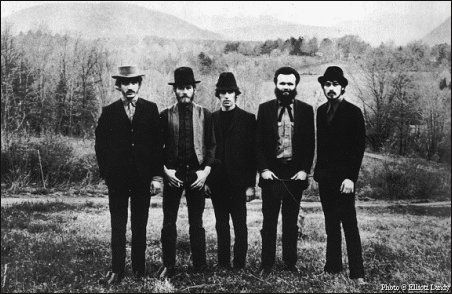A Week Immersed in Architecture
- Gabrielle Bossy

- Nov 9, 2013
- 3 min read
Several times this week people have asked me “So…what’s new?” To be honest I had no idea to answer the question seeing as I, along with the other eleven people in my program, have pretty much been living underground for the past week and a half working on projects for our Public History and Digital History courses. What you might not have guessed I’ve been doing though is diving head first into architecture! Isn’t that supposed to be what Ryan is doing, not me? None the less, I learned a lot (and it was nice to have the help) and have come to appreciate all the various uses of architecture in the public history field. I’ll tell you about the three main ways I came into contact with architecture this week.
1. The Heritage Designation Project
My biggest project for this semester has been the heritage designation project in my public history course. Each of us were assigned to a different London house, either in the Blackfriars district or in Old South. From there, we had to research the history of the house, its architectural form and the contextual value in terms of the way it fits into the neighbourhood. After that, we had to assess whether the house was valuable enough to designate as a historical site and fit it into the classification of Priority 1, 2 or 3. It all came to a head on Wednesday night when we presented our results to the London Advisory Committee on Heritage at City Hall.

My house was in the Blackfriars district which is currently being considered for designation as a heritage district. The house I was assigned to was in Front-Gable Family Cottage Style but after extensive research I realized it also had influences of Neoclassicism, Queen Anne and Greek Revival. Additionally I learned that my house was the first concrete block building in the area and on its block was still the only one! It was through the various clear examples of these styles and the recognition of the material of the house that I was able to argue that the house should in fact be designated as a historic site under priority two.

Less important but still valuable was the associative value of the house. While nobody incredibly significant to the community lived in the house, it was valuable for showing the growth of London via the various occupations that residents of the house had taken in prominent London buildings.
Contextually, the house helped to maintain the unique character of the Blackfriars districts. While it did not stand out as a landmark, the house has unique features and fits nicely into the neighbourhood.
P.S. Thanks to Jessica Knapp who snapped a shot of our group!
2. Digital Open Doors Project
The second way I’ve been diving into architecture this week is with the Digital Doors Open project in my Digital History course. For this I am creating a set of interactive floor plans for Annandale National Historic Site. When it’s finished, people will be able to click on an icon in each room that will bring up a video of the room and a commentator (you guessed it, it’s me) who will talk about the importance of the room. I hope that this project will interest people in the site and entice them to learn more with an in person video. For now, here’s a screen shot of my work so far! Also, a special shout out goes to Marie Blake and Lucy Marshall for helping me with the videos!

3. London Architecture Series at the London Museum

Thursday night I went to the London Museum for my historical trip of the week to see the Architectural Series Lecture #9. The guest speaker was Stephen Teeple who has designed a number of very modern buildings and won a number of prestigious architectural awards. It was really interesting to learn where he came up with the inspiration for his buildings- poems, movement of energy and even the restrictions placed on him by the city bylaws! It was neat after looking at heritage architecture to peer behind the curtain into modern life. The following is a photograph of a really cool building he designed as the Philip J. Currie Dinosaur Museum which uses the inspiration of the shape of a dinosaur but also the way that he wants people to see and walk through the building.
Overall it’s been a great week and for those of you wondering, now you know what I’ve been up to! Keep your eyes peeled for my next post launching Monday!



Comments